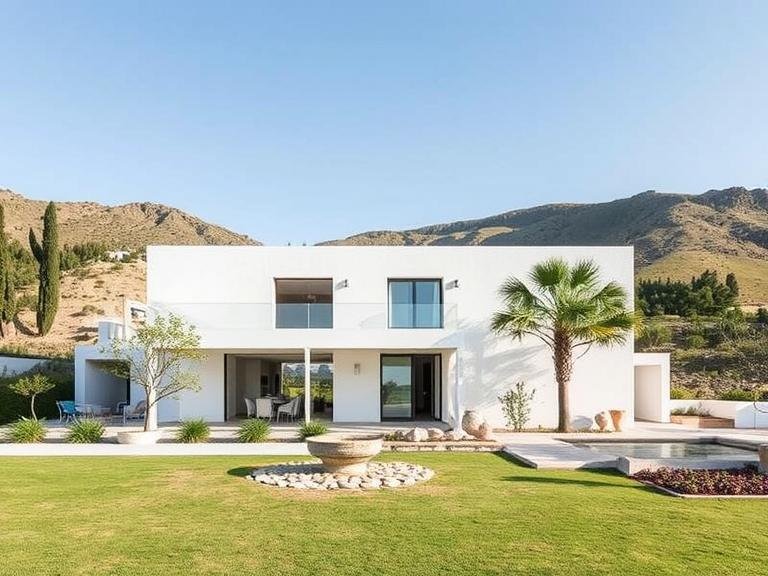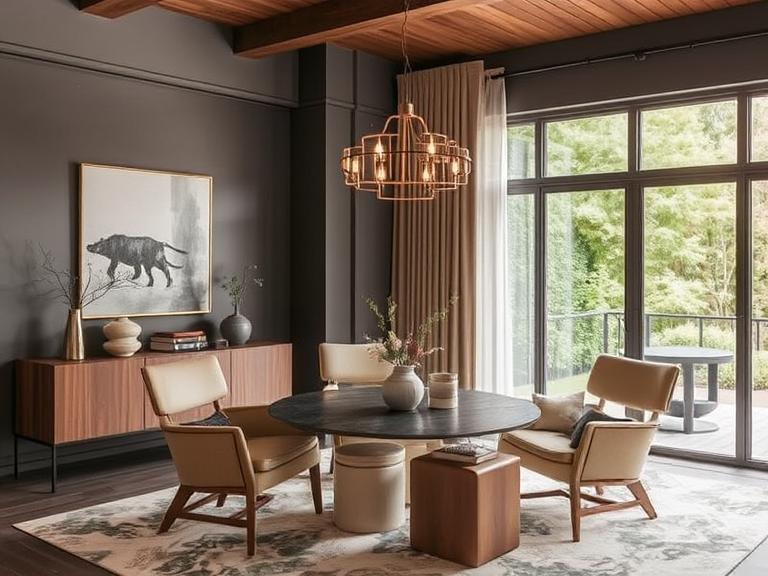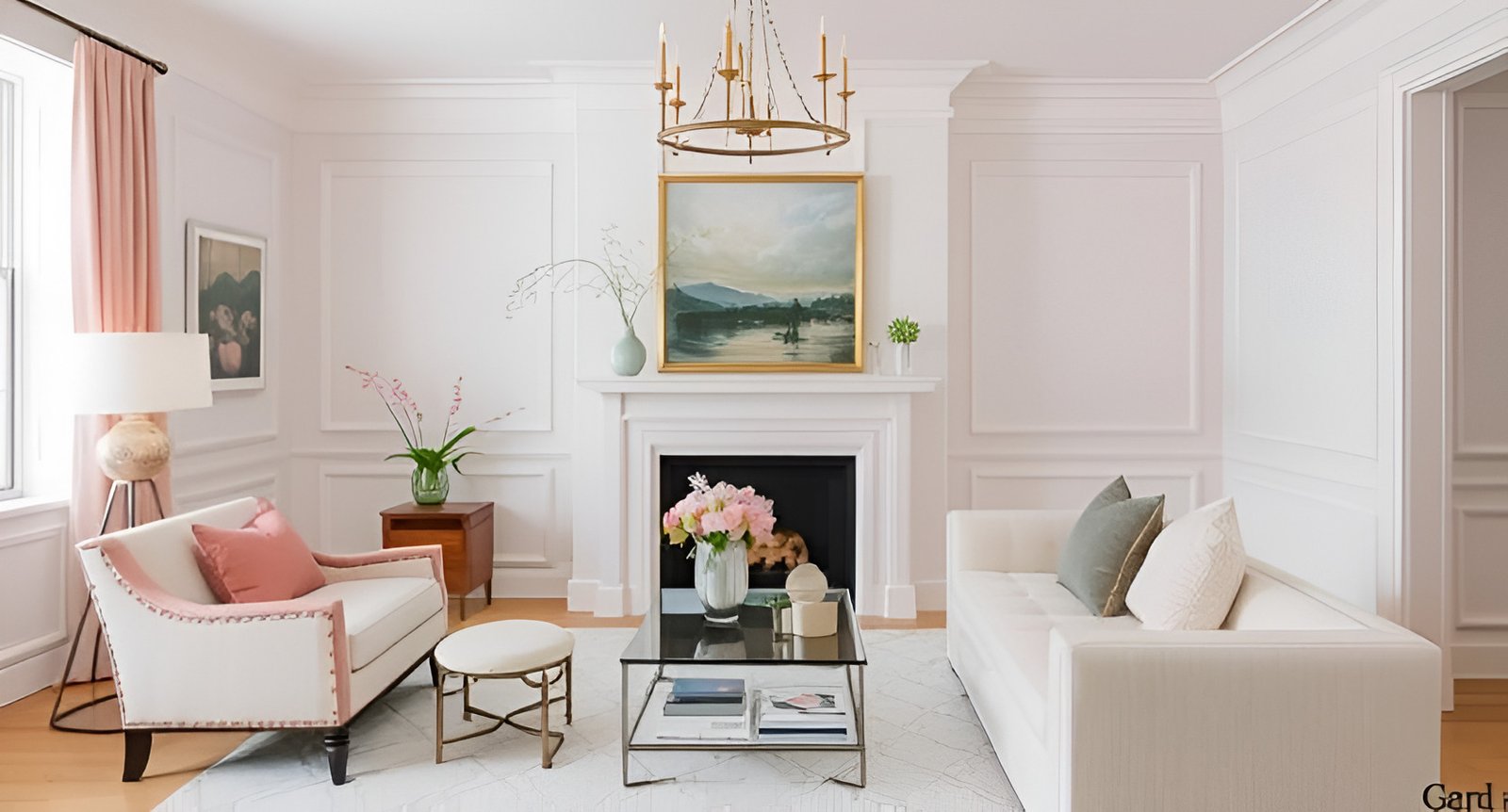It starts with the realization that with true timelessness, the space is really honoring the past and leaving space for the future. This balance between the neglected tongue and the contemporary tongue is where the two sides can exist in the same story; sometimes they can stand apart, and other times, they flow together zephyrs wide-story with changing spirits.
What are the classic elements defining timeless design?
Timeless design elements-place some antique pieces, put nature in with your materials, and add architecture in moderation, such as crown moldings or wood paneling-give something irreplaceable: history. These elements bring in their own stories, and it is the soft whisper of history that gives warmth, character, and emotional richness to the room.
And even classic pieces are made fresh with a twist. When I layer these classic elements into a design, I am always thinking of how I can give them a contemporary edge-would that really elegant chair pop if I covered it in an edgy fabric? Or would a classical chandelier look beautiful reimagined in sleek lines with minimal ornamentation? What I’m after is a space that is not a museum but a living space that looks ahead while cherishing the best elements of the past.
The juxtaposition of these elements creates perhaps one of the greatest satisfactions-they act as anchors to such spaces. Watch how an antique desk in the study gives the ambiance to the whole room, with dark mahogany wood contrasting beautifully against lighter hues of modern furniture-a contrast that excites differing materials and styles, allowing both to shine in their own way.

Carta Blanca: Embracing Contemporary Design
Contemporary designs, with their smooth edges, sleek profiles, and emphatic functionality, stand in stark contrast to classical. Whereas traditional elements paint a picture in the mind of yesterday, contemporary styles are all about today: They operate with newer materials, textures, and finishes that minimally ornate.
I find the modern elements providing the perfect stage for the classic ones to shine. Big open spaces with neutral, unobtrusive palettes provide the ideal backdrop for vintage or antique furniture to take center stage. A neutral-toned sofa might create a beautiful contrast with the intricately carved surface of an antique coffee table, playing off the old with the new. It’s about giving each element its due beauty without one overpowering the other.

I enjoy throwing in some quiet modernity with things like architectural lighting, metallic finishes, and maybe some abstract art, drawing the eye and creating an impression of forward-thinking design. This helps keep the space fresh instead of feeling like a snapshot in time. The key here is to restrain doing this; it is not about layering modern elements over classic, but about integrating them in a way that feels seamless, as if they were always meant to be together.

Striking a Balance: Functioning Aesthetics
A timeless interior is beautiful and serves its purpose. In today’s scenario, with people leading fast-paced lives and crammed living quarters, the marriage of design with function is paramount. This, right here, is where modern sensibilities show their worth.
Classic design elements per se might require more formal mannerisms in furniture or layouts, but here I desire to soften all these through some contemporary approach-modernity that hails comfort and usability. Well, a traditional armchair can become more comfortable with an ergonomic seat or perhaps create a really relaxed modular dining room layout that can present a really stylish alternative against a more formal backdrop.
Modern living needs technology, and one of the focal aspects is making sure that any high-tech bells and whistles we require work with antique paneling and rugs in a classic interior context. An integrated sound system, discreet or subtle lighting solutions, top-notch air conditioning-all these really modern features should come to play an important part with the wood paneling done in the antique style or the vintage rug-to make sure that the space feels absolutely functional and absolutely timeless.

A Timeless Design: The Personal Touch
Ultimately, a timeless design is about past choices infused with the present-choices that include cherished family heirlooms, personal art collections, and objects with unique stories. A personal touch allows one to see the space evolve as the homeowner evolves, forming a room that feels lived in and loved, never stagnant.
In the process of designing a living room, an elegant vintage sofa may be intermixed with modern artworks that marry the personal taste and character of the homeowner. A mid-century modern coffee table may sit next to a vintage chair in that perfect yin-yang harmony of past and present. Personal touches-whether they are books, personal artwork, or things that are simply cherished—become an evolving dialogue between the classic and the contemporary, layering the space with meaning and texture over time.

Style Evolution: A Design that Matures
One of the most beautiful aspects of blending classical and contemporary styles is how the space will naturally have a new evolution. Surrounding modern pieces can, as trends dictate, be pulled from the room, while the classical elements remain timeless, growing with their inhabitants. An antique mirror might be treated to a new light fixture, or a contemporary piece of art might strike up a conversation beside a vintage chair. The permutations are limitless.
In fact, I often think of the home as living and breathing. The stories that evolve, through the pieces you collect, the experiences you have, and the memories you forge in that space, create their narrative. An enduring design doesn’t have to be all things-perfect; it just has to feel authentic.
